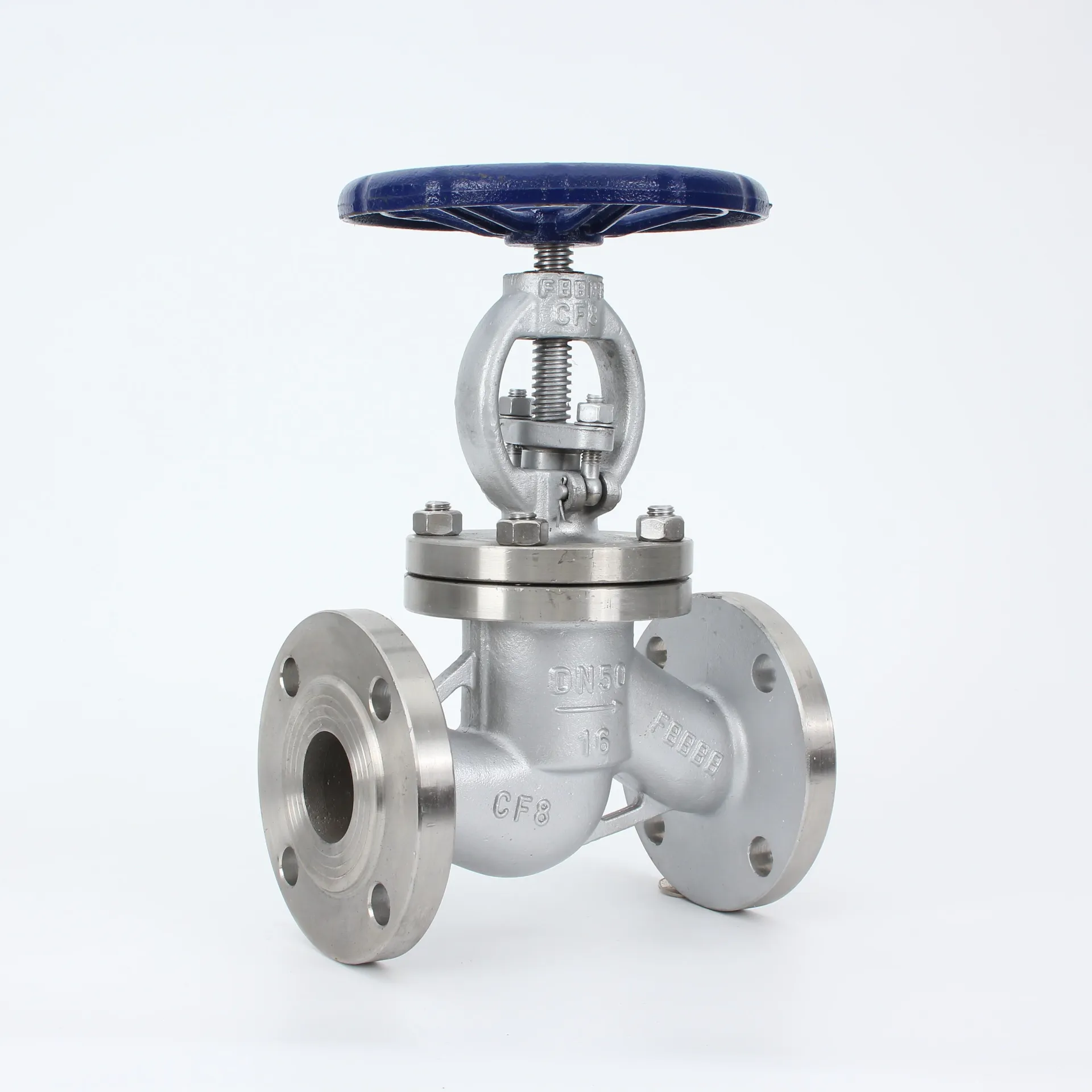lift piston check valve
Understanding Lift Piston Check Valves Functionality and Applications
Lift piston check valves are critical components in various fluid control applications, particularly in systems where it is essential to ensure that fluid flows in one direction only. These valves are designed to prevent backflow, utilizing a unique mechanism that allows them to operate efficiently under different pressure conditions. In this article, we will delve into the functionality, types, benefits, and applications of lift piston check valves.
Functionality
The primary purpose of a lift piston check valve is to allow fluid to flow in a specific direction while preventing reverse flow. The valve consists of a piston and a seat. When the fluid pressure rises above a certain threshold, it lifts the piston away from the seat, allowing the fluid to pass through. When the flow stops or changes direction, gravity and the backpressure of the fluid work to reposition the piston against the seat, effectively sealing the valve and stopping any backflow.
The lift piston design utilizes both the fluid's pressure and the weight of the piston to enhance sealing capability. This mechanism provides a reliable means of preventing contamination, equipment damage, or operational failure in pipelines and other fluid systems.
Types of Lift Piston Check Valves
There are several variations of lift piston check valves, each designed for specific applications and requirements
1. Spring-Loaded Lift Piston Check Valves These valves are equipped with a spring mechanism that assists in closing the valve. The spring helps to maintain the valve in a closed position when there is no flow, enhancing the sealing capability. This type is ideal for applications where reverse flow could significantly impact system performance.
2. Full Port Lift Piston Check Valves Full port valves have a larger opening compared to standard valves. This design significantly reduces pressure drop and ensures better flow characteristics. They are particularly useful in high-volume applications where flow efficiency is crucial.
3. Flanged or Threaded Lift Piston Check Valves Depending on installation requirements, these valves can be available with flanged or threaded connections. Flanged models are commonly used for large pipelines, while threaded variants are suitable for smaller systems.
Benefits of Lift Piston Check Valves
Lift piston check valves offer several advantages, making them a preferred choice in various industries
lift piston check valve

- Preventing Backflow The primary function of these valves is to prevent backflow, which is essential in maintaining system integrity and preventing equipment damage
.- Efficiency Unlike some other types of check valves, lift piston check valves have minimal pressure drop, ensuring efficient flow within the system.
- Durability and Reliability Constructed from durable materials, these valves offer a long service life with minimal maintenance, making them cost-effective solutions for fluid control.
- Versatility Lift piston check valves can be used in a wide range of applications, including water supply, wastewater treatment, oil and gas, and chemical processing.
Applications
Lift piston check valves find utility across various sectors
1. Water and Wastewater Treatment In municipal water systems, these valves help prevent backflow that could contaminate clean water supplies. They are equally important in wastewater systems, ensuring that treated water flows only in designated directions.
2. Oil and Gas Industry In oil and gas applications, the protection from backflow is critical for both safety and efficiency. Lift piston check valves are commonly utilized in pipelines to maintain the integrity of fluid transfer.
3. Chemical Processing The chemical industry often deals with hazardous materials. Lift piston check valves provide an added layer of protection by preventing the backflow of corrosive substances that could affect processes and equipment.
4. HVAC Systems In heating, ventilation, and air conditioning systems, these valves prevent backflow in chilled water and hot water systems, ensuring proper heating and cooling efficiency.
In conclusion, lift piston check valves play an essential role in modern fluid management systems, offering reliable operation and preventing backflow across various applications. Their unique mechanism, combined with durable construction, makes them indispensable in numerous sectors, ensuring efficiency, safety, and longevity of fluid control systems.
-
Breakthrough in Domestic Low Temperature Valve Technology in ChinaNewsAug.18,2025
-
From Machinery to Intelligent Brain: The Digital Transformation Wave of the Valve IndustryNewsAug.18,2025
-
PCVEXPO 2025NewsAug.18,2025
-
The Key to Fluid Control: Exploring the Advantages of Ball Valves in Industrial SystemsNewsJul.09,2025
-
The Versatile World of 1, 2, and 3 Piece Ball ValvesNewsJul.09,2025
-
Stainless Steel Ball Valves: The Ideal Choice for Efficient Flow ControlNewsJul.09,2025
-
Optimizing Fluid Control with Ball Float ValvesNewsJul.09,2025




